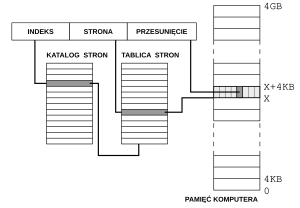zswap – compcache, compressed swap for better performance
First, here is a link to article on compcache.
http://code.google.com/p/compcache/wiki/CompilingAndUsingNew
zswap is already in the kernel and you can see the documentation in the kernel documentation. Here is the name of the file if you need:
/usr/share/doc/kernel-doc-$(uname -r)/Documentation/vm/zswap.txt
Here is the overview, in case you do not want to install kernel-doc
Overview:
Zswap is a lightweight compressed cache for swap pages. It takes pages that are
Continue reading
in the process of being swapped out and attempts to compress them into a
dynamically allocated RAM-based memory pool. zswap basically trades CPU cycles
for potentially reduced swap I/O. This trade-off can also result in a
significant performance improvement if reads from the compressed cache are
faster than reads from a swap device.


